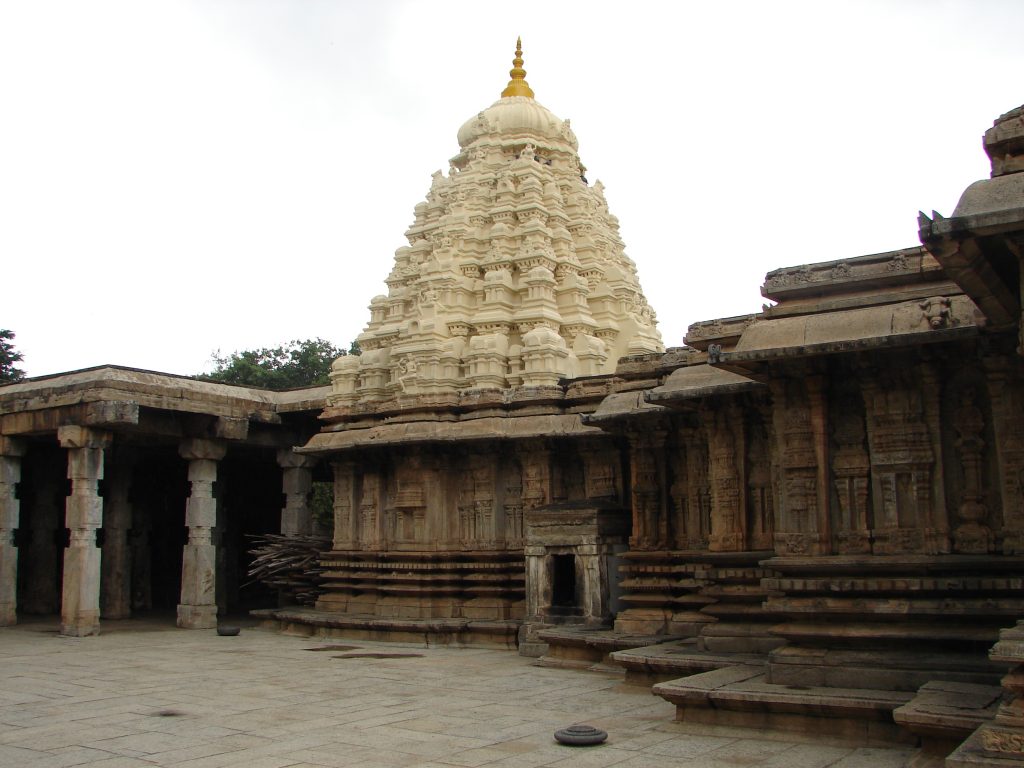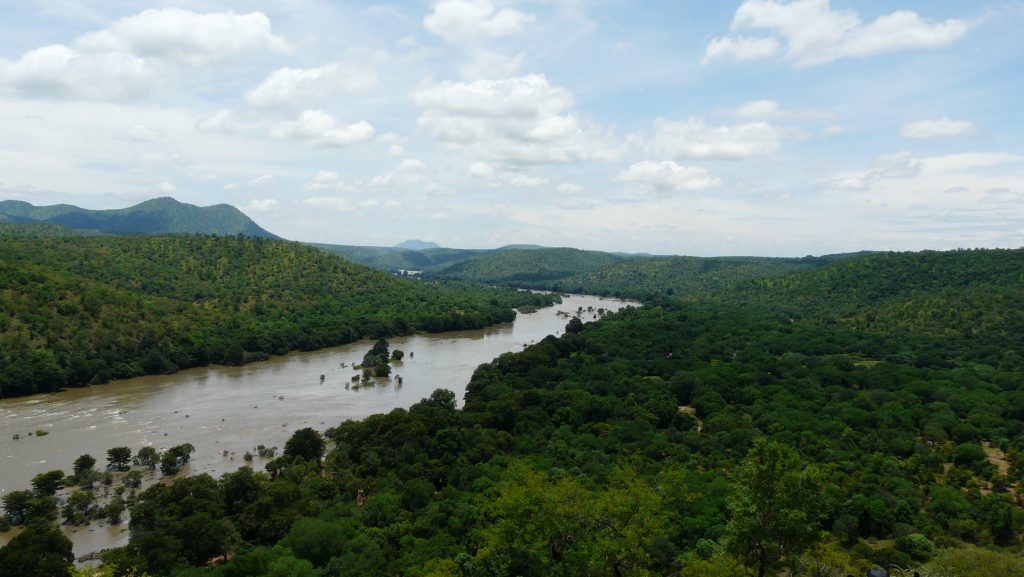In this week’s Time Travel column, Roopa Pai tells us about the fascinating history of Talakadu and the powerful dynasty that built the city.
Time Travel – 3
Stop. Confess now. When you read the title of this column, did you say to yourself – Aha, a spelling error! And an unforgivable one at that! Surely it was meant to read ‘Ganges on the Kaveri’? Or did you say to yourself – Huh? Whatever was the Ganga ever doing on the Kaveri?
Whichever one it was, we got you! Because we are not talking here of the River Ganga (or the River Ganges, if that’s what you like to call it) here at all – we are actually talking about an ancient dynasty called the Gangas, who ruled Bangalore and its surroundings for hundreds and hundreds of years, right from 350 AD to about 1000 AD.
Building A Stronghold

The first Ganga king, Konganivarman Madhava I (that’s a mouthful!) came to the throne at about the same time that Mayuravarma founded the Kadamba dynasty (remember them from last week’s column?), and established his capital at Kolar. But just about 40 years later, another king called Harivarman decided to move the capital west, to Talakadu, a town located on the river Kaveri, because it was a better place from where to hold off the ambitious Kadambas, who were in the mood to expand their kingdom.
The Gangas ruled as independent sovereigns until 550 AD, and after that as feudatories to the more powerful Chalukyas and Rashtrakutas (a feudatory is someone who is allowed to rule his own kingdom on the condition that he accepts another king as his overlord and makes his army available to the overlord whenever needed).
Through all those centuries, however, until they finally declined around 1000 AD, the Ganga kings never left Talakadu.
Connecting Two Great Dynasties
The most famous Ganga king was Durvinita, the son of Avinita. Now Avinita actually wanted his younger son (whose name history has forgotten) to be king after him, but Durvinita wasn’t going to give up his claim that easily. After Avinita died, the two brothers and their respective friends engaged in bloody battle – the younger brought in the Pallavas from Tamil Nadu and our old friends the Kadambas to fight on his side, and Durvinita brought in the new powerhouse in the Deccan, the Chalukyas, to fight on his.
In the end, Durvinita won, and the Gangas and the Chalukyas became buddies for life. To cement the relationship further, Durvinita used the oldest trick in the book – he got his daughter married to the Chalukya king Vijayaditya. This ensured two things – one, the Chalukyas themselves would never attack the Gangas, and two, if anyone else attacked the Gangas, the Chalukyas would roar in and throw the other guys out. The arrangement seems to have worked spectacularly well – over the next few centuries, several Ganga princesses would marry Chalukya kings, and when the Chalukyas declined and the Rashtrakutas came to power, Ganga princesses married those kings!
We know so much about the Gangas because they kept good written records – in Kannada and Sanskrit – of big battles and wars. Not on paper or palm leaves, but on durable stone. Every time a battle ended, a ‘hero stone’ would be carved, describing the battle and praising the best warriors on both sides. These hero stones were called ‘virgals’ – a mix of the two Kannada words veera (hero) and kallu (stone).

In fact, Bangalore has a close connection with the Gangas. In an ancient temple in Begur, some 3 km off the Hosur Road, there is a Ganga virgal dating back to 890 AD. It describes a battle called the Battle of Bengaluru. This is the earliest mention of our city in history, and it is conclusive proof that a Bengaluru existed in these parts well before Kempegowda built his walled city in 1537!
EXTRA! EXTRA!
Climb! The Vindhyagiri Hill in Shravanabelagola, to view the beautiful 57-foot monolithic statue of Gommateshwara Bahubali, erected by Ganga minister Chavundaraya in 981 AD.
Read! Gadayuddha (949 AD), the brilliant work by the celebrated Kannada poet Ranna, who was patronised by Ganga minister Chavundaraya. It describes the last battle between Bhima and Duryodhana in the Mahabharata war. It is particularly touching because it gives Duryodhana as much of a hero status as it does Bhima.
Nadi Notes
Over the centuries, many many stories have been enacted on the banks of the Kaveri. The story of the Gangas played itself out where the river makes a sharp bend, at the temple town of Talakadu, 45 km from Mysore and 180 km from Bangalore. There’s much more to come on the Kaveri – and Talakadu – in later columns!
Liked reading this? Then you might also like to read Time Travel: By The Banks Of The Varada.
This set of weekly columns was published in the student edition of Deccan Herald during the school year 2011-12.
If there’s any story that needs to be told, we will tell it. Write to us at contact@knowyourstar.com with your story lead, or contact us on Facebook or Twitter.